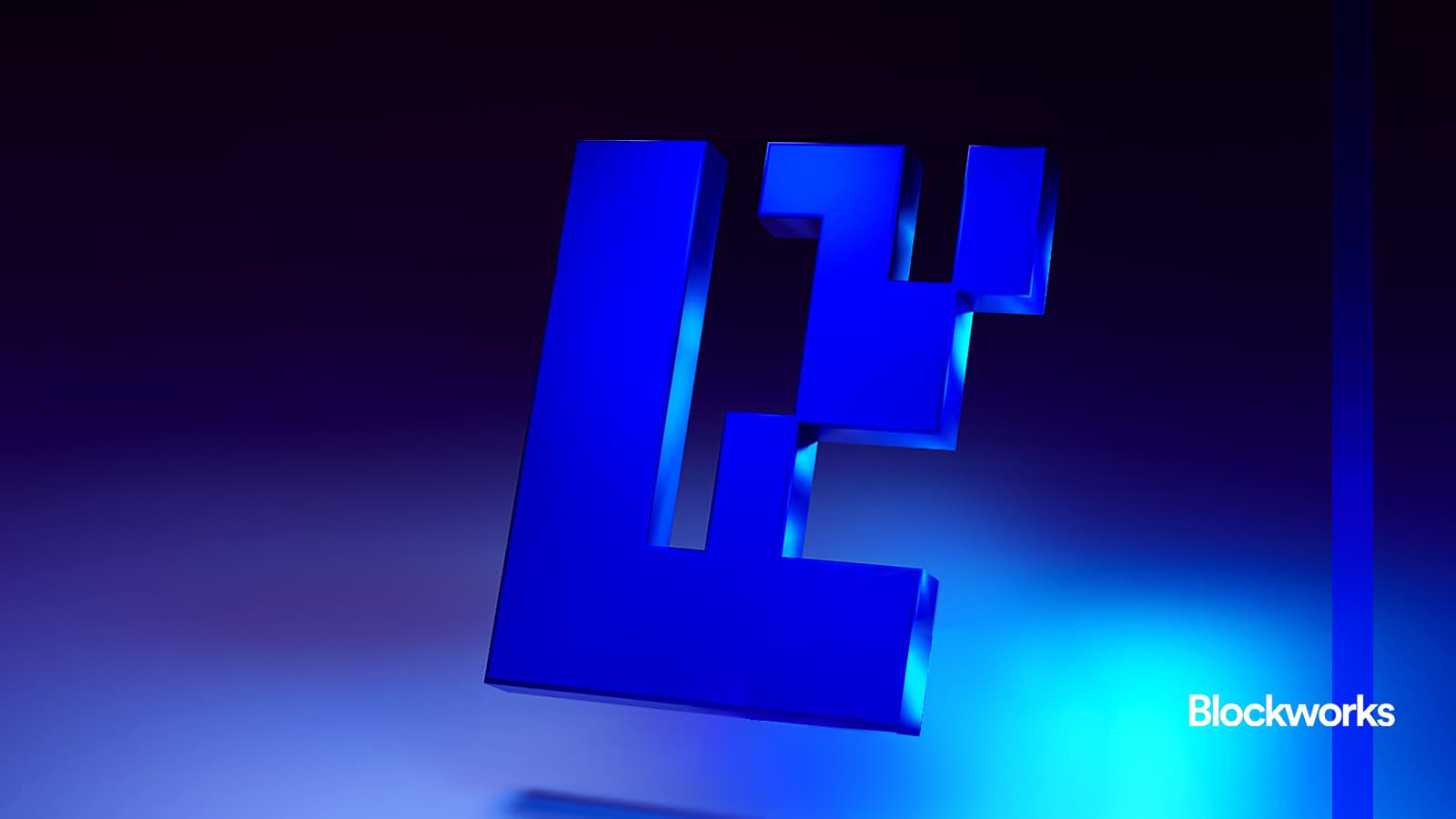EigenLayer expands restaking links with Mantle and ZKsync
New integrations grow EigenLayer’s role in Ethereum’s modular security stack

CryptoFX/Shutterstock modified by Blockworks
EigenLayer has enhanced two major integrations, with Mantle Network and ZKsync adopting EigenDA for data availability and ZKsync also incorporating EigenLayer’s Autonomous Verifiable Services (AVSs) for decentralized zero-knowledge (zk) proving. These partnerships expand EigenLayer’s role in Ethereum’s modular security landscape, reinforcing its position as the leading restaking protocol.
In Ethereum restaking, EigenLayer and Symbiotic are the dominant players, though they have a wide gap in scale. EigenLayer commands approximately $9.4 billion in total value locked (TVL) — over 9 times Symbiotic’s $1 billion. A breakdown of the top five AVSs by economic security highlights this difference:
EigenLayer:
- EigenDA: $8.8 billion
- eoracle: $7.9 billion
- Witness Chain: $7.6 billion
- Lagrange ZK Prover: $7.3 billion
- Cyber MACH: $7.2 billion
Symbiotic:
- Ditto Network: $227.19 million
- Capx Cloud: $183.85 million
- Human Network: $158.60 million
- Kalypso: $119.20 million
- Radius: $87.83 million
EigenLayer’s larger TVL reflects deeper adoption within Ethereum’s security model. However, the disparity is also influenced by differences in how each protocol enforces security risks today.
The absence of slashing on EigenLayer’s mainnet means that restaked assets currently face no risk of penalties, effectively giving validators and stakers a “free roll” — they can earn additional rewards without the downside of losing their stake due to misbehavior or failure to meet service requirements. This significantly lowers the perceived risk of participating in EigenLayer, encouraging higher capital inflows and contributing to its $9.4 billion TVL. It also encourages participation with the EIGEN native token.
In contrast, Symbiotic has live slashing on mainnet, meaning operators and stakers must weigh potential rewards against the risk of losing funds if validation services fail to meet predefined security criteria. This added risk will likely make some participants more cautious, leading to lower total restaked capital. And while it has an ongoing points system, the scale and valuation of a future token distribution is uncertain.
Until EigenLayer activates slashing on mainnet, its restaking model remains more attractive to risk-averse capital, further reinforcing the TVL disparity between the two protocols. If Symbiotic releases a token, it may also narrow the gap by incentivizing deposits more directly than points alone can.
What Mantle Network and ZKsync are doing
Mantle Network, which describes its design as an optimium — a hybrid of optimistic and zk rollup features — has integrated EigenDA as its primary data availability layer. Previously, Mantle operated MantleDA, a system limited to 10 operators. With this transition, the network now benefits from a 200+ operator set, improving censorship resistance and network resilience.
- Scalability increase: EigenDA supports 15MB/s throughput, compared to Ethereum’s 0.0625MB/s limit.
- Enhanced economic security: $335 million in restaked assets now back Mantle’s data availability.
- Expanded validator set: More operators reduce downtime risks and improve service reliability.
This shift aligns Mantle with Ethereum’s broader modular scaling approach, allowing for increased throughput as a tradeoff against the full security of Ethereum mainnet.
ZKsync’s Elastic Network, an ecosystem of customizable rollups, has designated EigenDA as its preferred alternative data availability (altDA) solution. Rollups within ZKsync will now be able to use EigenDA for scalable data storage, reducing bottlenecks.
Beyond data availability, ZKsync is integrating EigenLayer AVSs for zk proving. This moves it away from centralized cloud providers like AWS and Google Cloud.
- Competitive proving costs: EigenLayer introduces a marketplace for zk proving, where AVSs compete for jobs, driving down expenses.
- Modular security expansion: Using Ethereum restaked assets, ZKsync integrates EigenLayer’s AVSs directly into its proving system.
EigenLayer founder Sreeram Kannan described these integrations as part of a shift toward a “verifiable cloud,” leveraging Ethereum’s cryptoeconomic security to support decentralized infrastructure.
With 57+ AVSs live and over $8 billion in TVL, EigenLayer continues to expand beyond its initial restaking use case. While early enthusiasm around restaking has cooled, Mantle and ZKsync’s adoption of EigenLayer services reflects growing demand for modular blockchain infrastructure.
Get the news in your inbox. Explore Blockworks newsletters:
- The Breakdown: Decoding crypto and the markets. Daily.
- 0xResearch: Alpha in your inbox. Think like an analyst.






